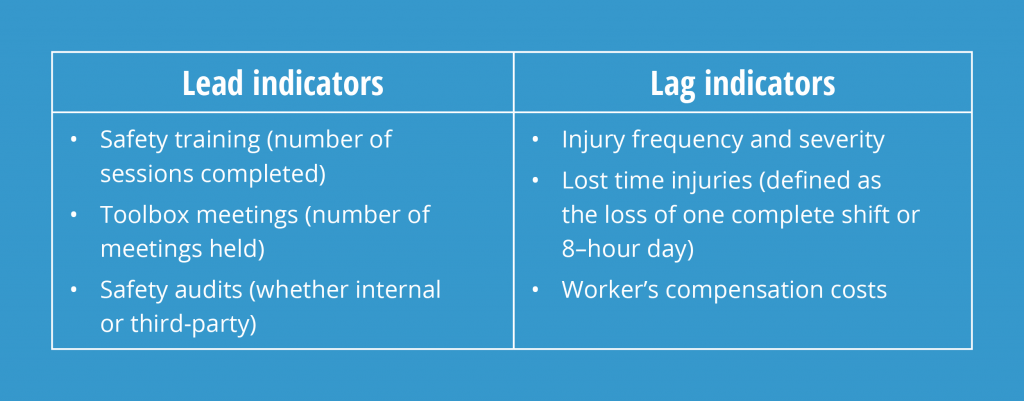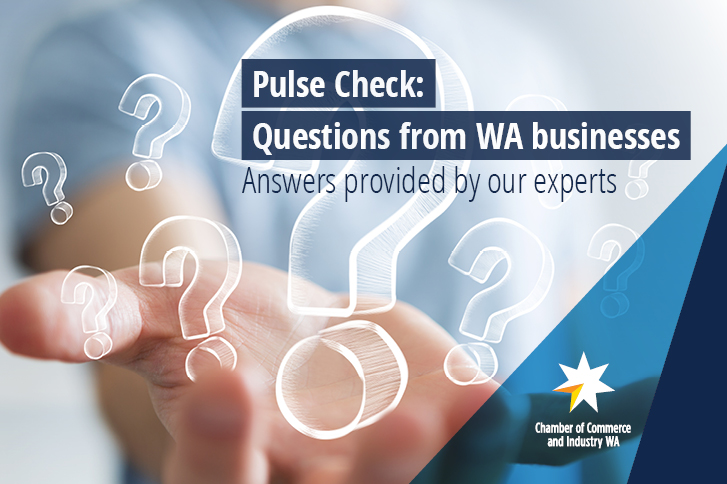Whenever you tender for work, there will be a WHS component to this ‘pre-qualification’ process and it can be key to winning contracts. Here’s how you can navigate your way around what is required.
Submitting a tender is a great way to earn new business.
Many large and small organisations regularly “go out to tender” to find and appoint suppliers for contracts. Whenever you tender for work, there will be a WHS component to this process and it can be key to winning contracts.
It can also sometimes be confusing to navigate your way around what is required. The pre-qualification specifications require businesses to formally demonstrate their Work Health and Safety Management Systems, legal compliance, procedures, safety culture and WHS statistical performance.
Presenting quality WHS documentation to prospective clients assists businesses in being invited to submit a tender and potentially winning a contract.

Know your risk
Before a tender application is submitted you should understand the WHS risk of the scope of works so it’s vital to closely review the tender document.
For high-risk contracts, the vendor should require the supplier to provide evidence of their OHS management system. The supplier should also be required to develop a safety management plan (SMP) before work commences.
The SMP should outline how the contractor will manage occupational health and safety for the term of the contract.
For low to medium risk contracts, the supplier should be required, as a minimum, to undertake a risk assessment and develop a safe work procedure before commencing work.
Acknowledgment of compliance with WHS legislation and the client’s WHS policy and procedures may be the only requirement specified in the tender specifications and contract.
CCIWA Work Health and Safety Practitioner Matt Butterworth details the five common safety elements that you may need to complete when submitting a request for tender.
The objective is to provide an overview of the status of your health and safety management system.
It is important to answer the questions honestly, even if certain elements do not apply to your scope of works.
Tenderers will be required to verify their responses noted in the questionnaire by providing evidence of their ability and capacity in relevant matters.
By submitting the tender and questionnaire the tenderer acknowledges and confirms as accurate all details contained in the questionnaire and any verifying documents.
This document should:
- Be signed by the CEO or equivalent;
- Outline a clear statement of objectives:
- Show commitment to improve safety performance;
- Be relevant to company operations:
- Be communicated to all your employees and contractors; and
- Be reviewed on a regular basis.
The details of the SMP may vary depending on the complexity of the works. Like the WHS Policy, it is best practice to have the SMP endorsed by the CEO or equivalent management representative and dated to demonstrate currency.

A JSA is a documented risk management tool that involves breaking a task into steps, identifying the hazards that exist with each step and determining the actions required to control the risks associated with each hazard.
In addition, copies of completed examples of Safe Work Method Statements (SWMS) or Safe Work Procedures (SWP) may also need to be submitted.
Measurement is an important part of any management process and forms the basis for continuous improvement.

Hover Box Element
Sign up here for a WHS check-up with our experienced safety and risk consultants.
*Subject to terms and conditions.
Matt Butterworth is a CCIWA Work Health and Safety Practitioner. For further information about this and any workplace safety management contact our Employee Relations Advice Centre on (08) 9365 7660, or via [email protected].






